Weather Extremes in Croatia: Essential Tips for Travelers
Coronavirus (COVID-19) and travel: The situation around the world is changing dramatically. Various governments have changed their travel warnings to restrict travel during this time. To understand how this may impact cover under your policy, please go to our FAQs and select your country of residence.
For the latest travel warnings and alerts around the world, read about lockdowns and border restrictions.
Croatia sizzles in summer and freezes in winter – be prepared for Croatia's weather and pack the right clothes to cater for your trip with these tips.
Shares
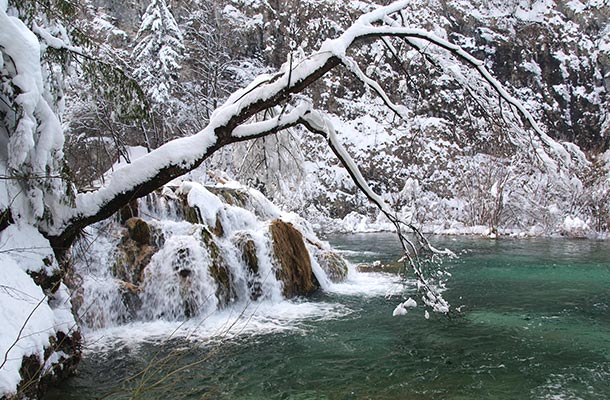 Photo © iStock/GoranStimac
Photo © iStock/GoranStimac
Like many Mediterranean countries, Croatia can also experience extreme weather that could leave you more sunstruck than sunkissed.
Two climates
Croatia can generally be split into two separate climates: the Mediterranean climate of the coast with its hot, dry summers and mild winters, and the more extreme continental climate inland, which brings sizzling summers and heavy snowfall in the winter.
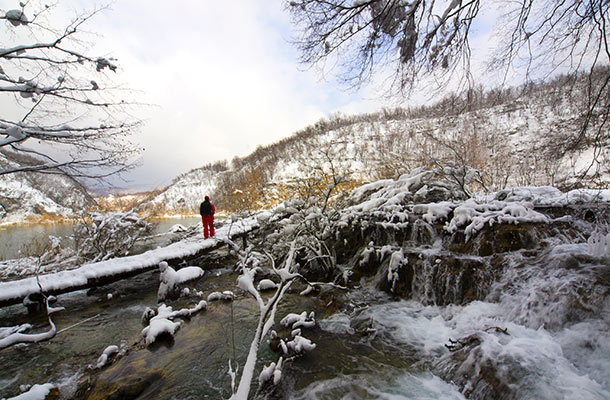
If you're heading to Croatia to make the most of its outdoor activities scene, Lonely Planet recommends that the best time to go is May or June.
April is often still a bit too chilly for water sports and July and August will be far too warm to spend significant periods outside doing physical activities.
Staying sun safe in Croatia
During July and August, temperatures generally range from 25C to 35C but could easily reach over 40C on some days.
Make sure you pack all the usual sun protection gear (hat, sunglasses, sunscreen) and stay out of the sun during the hottest part of the day.
Also remember that air-conditioning is not as widely available throughout Croatia as in other countries, so wear lightweight, breathable clothing to stay comfortable both outdoors and indoors.
Especially on the coast, the sea breeze off the Adriatic can fool you into thinking it's cooler than it is, so remember to regularly apply sunscreen even if it doesn't feel particularly hot.
More than one traveller has returned to their hostel in the evening to discover they've turned an interesting shade of pink after a day on a Croatian beach.
Most people who visit Croatia will spend some time hopping between its stunning islands, either by private yacht or on one of the many ferries that run between the mainland and the islands over the summer.
For the ferries in particular, keep in mind that these journeys can be longer than you think - Split to Dubrovnik, for instance, is nearly nine hours - so avoid the temptation to nab a spot in the sun and stay there for the entire trip. There are plenty of indoor and shaded areas on the ferries to keep you cool.
Seasonal public transport services
Unlike bigger European cities that run tourist services all year round, the transport providers along the coast know that summer is their peak time, so services slow down significantly from early September through the winter until the summer schedule starts again in April/May.
If you're in Croatia during this time, carefully check the ferry and bus timetables so you don't find yourself at an abandoned ferry port at 6am on a freezing winter morning.
Be prepared for winter
Because while Croatia sizzles in summer, it freezes in winter - especially inland. Temperatures along the coast average 5C to 10C during the winter months but can drop well below 0C in Zagreb and other inland areas.
Croatia also gets the "bura", which is a north to northeastern wind that affects many parts of the Adriatic. It mostly occurs during winter and is most strongly felt in the Velebit mountain range, which sits between the continental climate inland and the Mediterranean climate of the coast. It brings hurricane-strength winds with speeds of up to 220km per hour.
If you're going sailing during the winter months, be aware that these winds can start quickly and pose significant dangers on the water. It has also been known to affect road traffic, so take care when driving in this region.
In the Croatian mountains, which are popular for hiking and mountain climbing, the weather can change quickly and overnight temperatures can drop rapidly even in the warmer months. Ensure you're well prepared with adequate clothing and protective gear.
Even if you're an experienced hiker or climber, it's a good idea to seek local guides' advice on the conditions of the day before you set off and follow their instructions.
If you get caught out, the emergency number for Croatia is 112 and they will be able to link you to the Croatian Mountain Rescue service.
Get a travel insurance quote for Croatia
You can buy at home or while traveling, and claim online from anywhere in the world. With 150+ adventure activities covered and 24/7 emergency assistance.
Related articles
Simple and flexible travel insurance
You can buy at home or while traveling, and claim online from anywhere in the world. With 150+ adventure activities covered and 24/7 emergency assistance.
Get a quote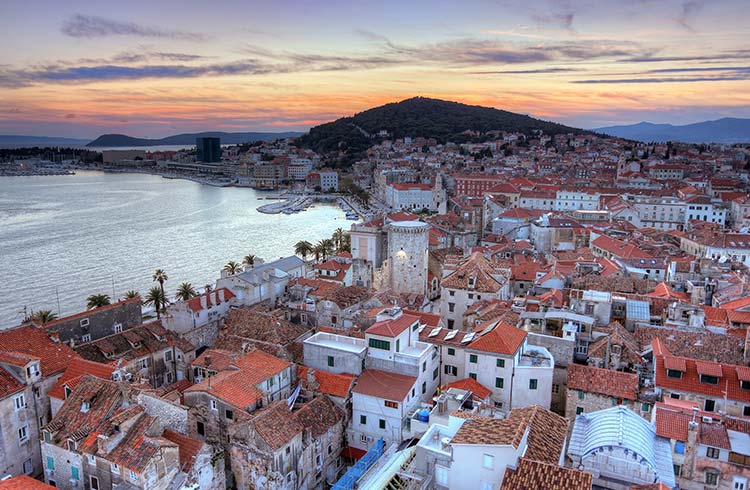
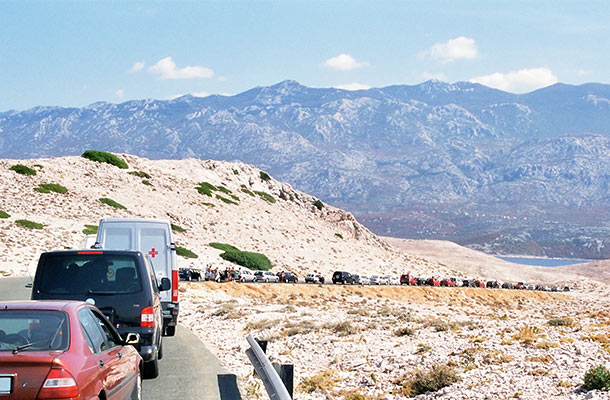
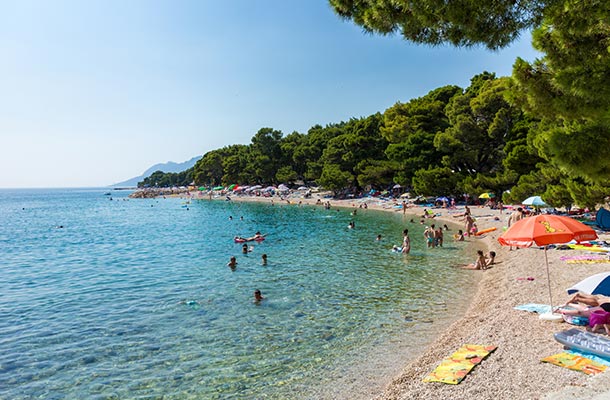
No Comments